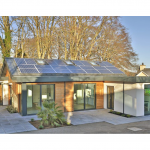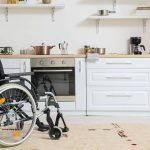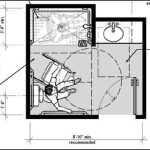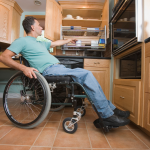If you or a loved one live with autism spectrum disorder (ASD) or sensory processing disorder (SPD), you know the daily challenges that arise from sensory overload. Thoughtful home modifications for autism spectrum disorder can help soften the impact of hypersensitivities related to these conditions.
Although ASD and SPD are not the same condition, their needs often overlap. People with both can experience overwhelm from their environment: sights, sounds, textures, smells, and even tastes. Partly due to these elements, on top of other different cognitive processes, both may struggle to assimilate social information.
The pressure of environmental and social inputs can lead to destabilization – a high, interfering amount of anxiety and stress. While stressors are not always negotiable in the world, the home environment presents an opportunity to bring balance to residents with ASD or SPD.
8 Key Home Modifications for Autism Spectrum Disorder
Sensory Balancing
This is the goal of home design for people with ASD or SPD.
Sensory balancing generally entails:
- Fostering routine
- Minimizing anxiety
- Maximizing independence
When considering home modifications for autism spectrum disorder or sensory processing disorder, we can’t stress enough the importance of the individual.
At Live in Place Designs, we start by interviewing the resident with the condition and/or their caretakers.
We want to tailor our design to these questions:
- What are the person’s triggers and anxieties?
- What works for them?
- What helps calm them?
- What helps to stimulate them?
- What have you learned over time about their routine preferences
With these answers, we embark on specialized changes to make the home feel like a “safe haven” for the person with SPD or ASD – a place to shelter and recharge from the unpredictable stressors of the external world. Creating a room that provides optimal sensory environment is desired.
Though each design process focuses on the individual, we can make certain general recommendations to consider when revamping your home to accommodate ASD or SPD.
Lighting

Too much or too little lighting – either can stress a person with ASD for different reasons.
Bright, harsh, direct light may actually overwhelm their visual sense. On the other hand, poorly-lit areas can evoke anxiety of the unknown.
For nighttime, consider motion-detector, recessed lighting under the bed. If he or she wakes up in the middle of the night, a warm glow will illuminate their surroundings and help them feel safe.
Employ outdoor lamps, as well, if darkened windows contribute to anxiety.
Keep in mind that fluorescent bulbs actually flicker and emit a low humming frequency. This can irritate people with ASD or SPD, even if their caretakers don’t perceive it.
Incorporating windows and natural daylight wherever possible can help solve both problems. Easy-to-maneuver blinds or shades allow the resident with ASD to control the intensity of light in their space.
These home modifications also lets them control their exposure to peering eyes, which touches on another important point for many folks with this condition: privacy.
Surveillance
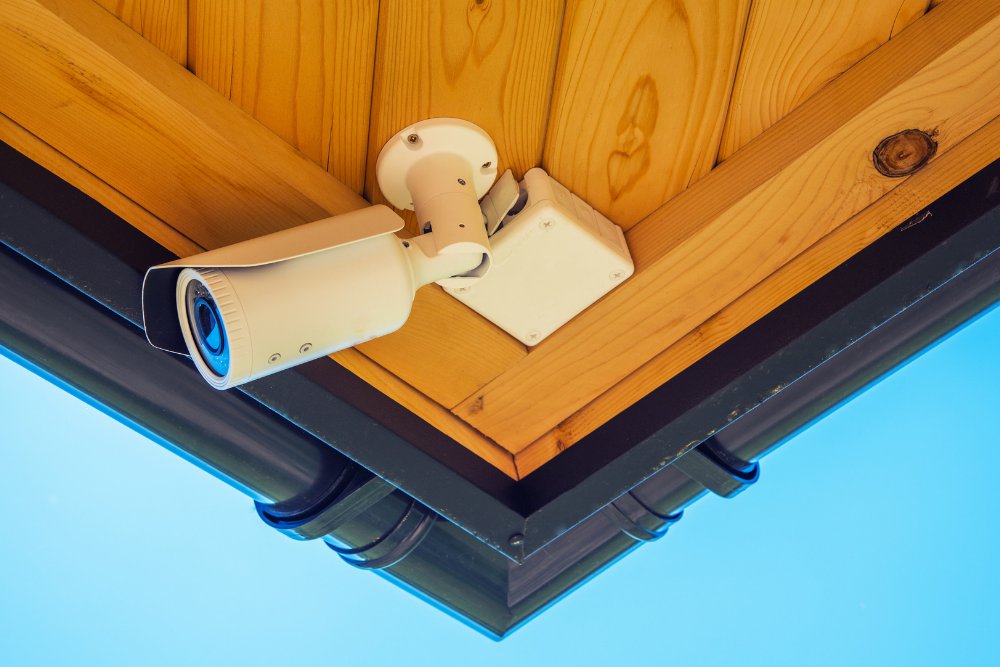
For someone with ASD or SPD, unexpected social encounters can really stress them out. Maintaining privacy is paramount.
These days, many surveillance technologies exist to alleviate intrusions. You can install a doorbell monitoring system for the person with ASD to survey visitors. This will provide context and some anticipatory time for cognitive processing before they interact with a stranger.
If you need to bring in auxiliary caregivers, cameras at key locations create a two-way street of security: the resident with ASD can check out what’s happening in their domicile, and you can check on the secondary caretaker when you’re gone. This can provide peace of mind on many fronts. Just keep in mind that with surveillance comes legal concerns of those being recorded. You may want to consult with a trusted legal representative before installing and using cameras or monitoring systems in your home.
Related to camera technology, tablet video portals can also bestow comfort. This especially helps anxious nighttime wake-ups, when your loved one with ASD might seek you out. Instead of interrupting everyone’s sleep schedule, you can check in through the tablet without leaving bed.
You’ll want to install these systems during other renovations and home modifications for autism spectrum disorder or SPD, since you’ll need to route wiring through walls and floors. Plan ahead!
Create Territories to Ease Anxiety

While some of us can flow between work, play, and sleep in the same room, people with ASD or SPD benefit from spatial cues to transition into new activities.
Remember, surprises are anathema for many folks with these conditions. Establishing the opposite – routine – greatly improves their wellbeing. To help create a sense of organization and expectation, researchers recommend breaking the space into “pods”, or areas with specific functions.
You might demarcate separate rooms or sections for therapy, recreation, and winding down. Decorate and furnish these in contrasting ways. And don’t hesitate to tailor them to your loved one’s needs.
For instance, in a recreation room, you might set up a game system that’s easy to initiate with little assistance. Connect the TV to a touchscreen remote with large, visual buttons. This adds to the much-needed sense of environmental control.
Therapy rooms are a particularly important pod. Many people with ASD participate in Applied Behavior Analysis (ABA) therapy or Cognitive Behavioral therapy (CBT) with a specialist. This can demand a lot of energy and focus.
Foster a nurturing therapy environment to encourage their success:
- Soft flooring – look into gym mats
- A variety of seating options, such as cubes, rockers or bean bag chairs
- Windows and doors that allow for privacy
For younger residents with ASD or SPD, you might also create a space for bonding time with a parent. While some kids bounce between cuddles and play time with ease, youngsters with ASD may need more structure to be soothed. We like to install a hammock for parents to rock their young ones.
Color Therapy
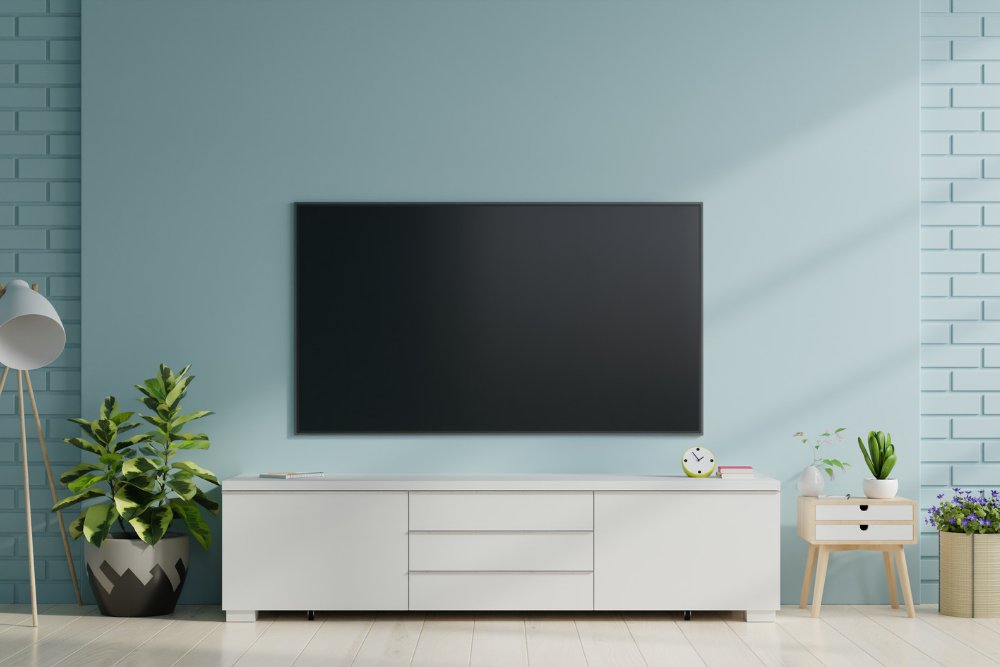
Generally, we recommend calming, natural colors: blues, greens, and neutrals. Reds and oranges have been known to cause some visual aggravation for people with ASD or SPD.
However, we want to emphasize personalization again. Ask: what colors do you like? What colors make you feel peaceful? Energetic?
Some of our clients with ASD have made surprising color choices. But we went with it, because those colors worked for them.
Consider the functions of the space, too. If you’re breaking a large room into different pods with dividers and furniture, you might change the color schemes of the areas: subtly bright colors where they exercise, soothing colors in the calm-cave, and so on. Follow the pod themes.
Noise Reduction
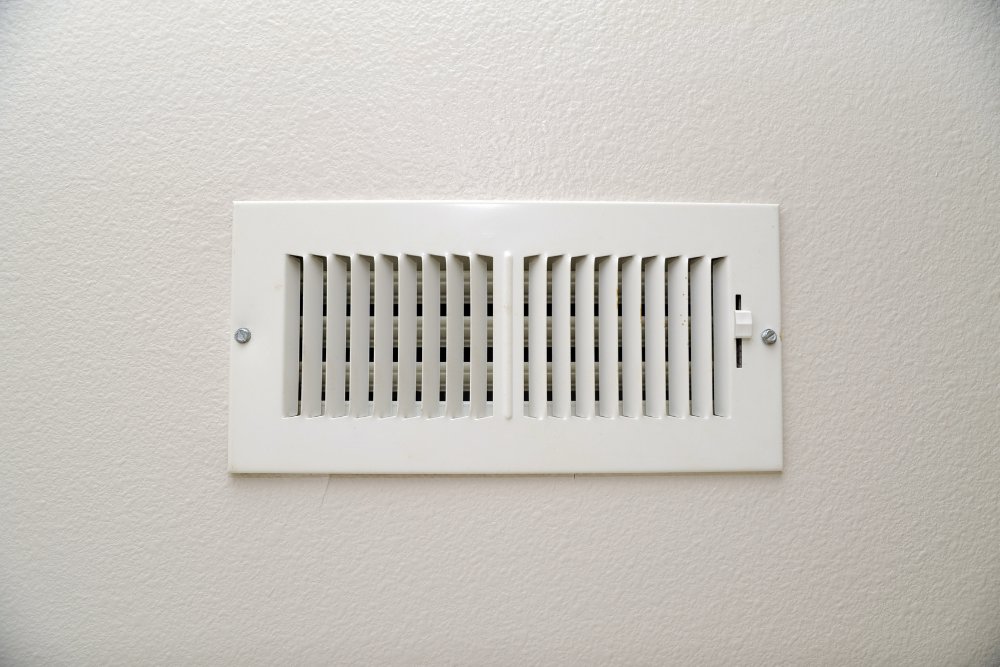
Many folks with ASD or SPD have auditory sensitivities, too. Seemingly moderate noises to those of us without these conditions can be quite upsetting to them.
It might not be feasible to treat all the walls of your home, but you can insulate certain rooms to make them “extra-quiet” havens. Consider double-paned windows, as well.
Sometimes it’s helpful to do a home walk-through and monitor or interview the person regarding noises. You’d be surprised at what stands out: bathroom vents, faucets, fans, floor echoes… Wherever you can, swap out appliances or materials to reduce noise.
Care for the Caregivers
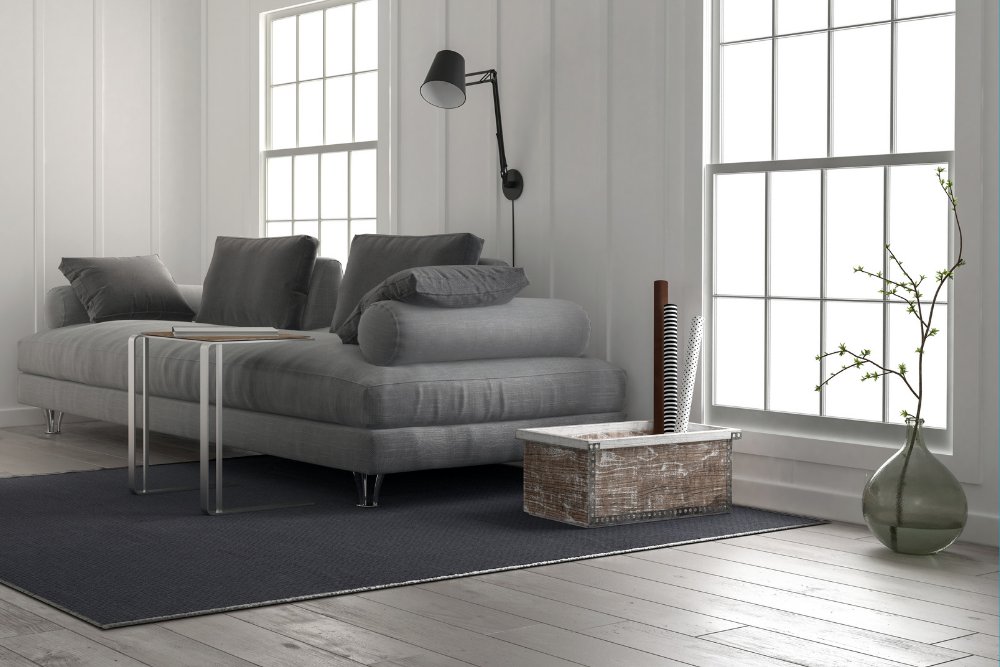
Last but not least, we always like to throw some spotlight on the caregivers. You want to design your space to support your loved one with ASD or SPD – and their caregiver.
Of course, this is partially about gratitude and appreciation, but it’s also practical. Taking care of someone else is hard work. Caregivers need to restore their energy regularly. If not, they risk burn-out.
This can lead to high turn-over rates in hired caregivers or lapses of attention and judgment in primary caregivers. Both lessen stability in the autistic or SPD resident’s life. So, design with the caregiver in mind.
They will need a space to rest sometimes. It can be helpful to create a room, a safe space, where the person with ASD can do something fun while the caregiver takes a break. Create a kitchenette and dining area for them to enjoy a meal in peace, or to have some privacy while on break. Stock mini fridges in often-used rooms so that they don’t have to leave their charge to stay hydrated or grab a snack.
Home Modifications for Physical Capacities of ASD
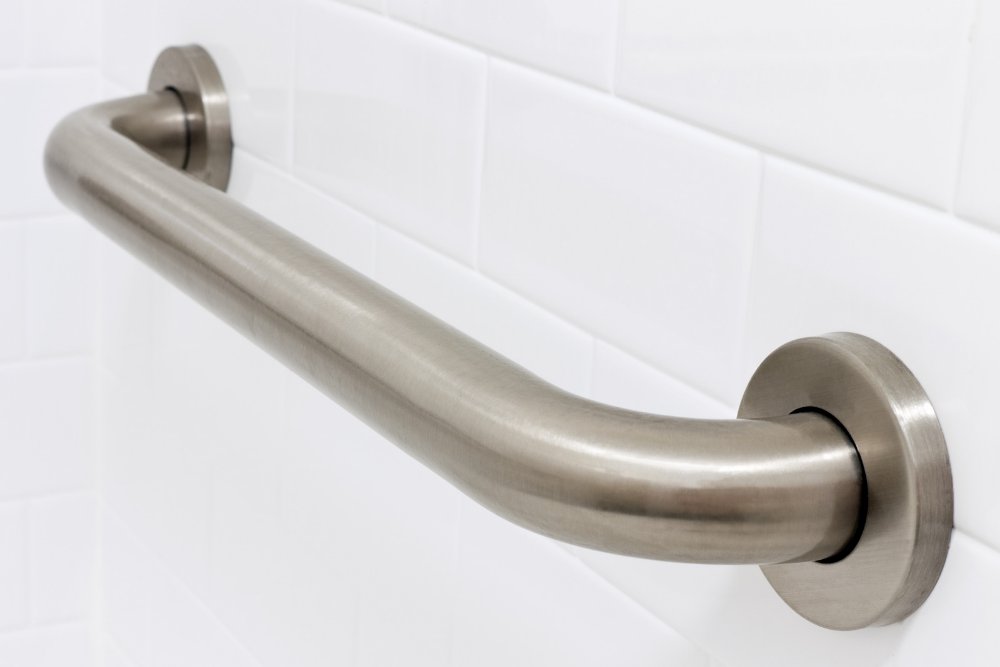
Some folks with ASD experience challenges with physical balance. This can encompass proprioception (awareness of the body in space) and vestibular sense (balance as related to the inner ear), as well as anxiety that affects how one moves in space. It’s a complex interaction, so much so that movement difficulties are not required for a diagnosis of ASD.
Fortunately, the solutions for this are standard to many accommodation renovations. We focus on minimizing trip hazards and adding support where necessary:
- Lowering or eliminating doorway thresholds
- Installing a zero-entry shower
- Designing easy-to-maneuver stairways
- Installing grab bars where appropriate, according to house structure and daily routine
Help with Home Modifications for Autism Spectrum Disorder
We understand that the emotions of a family dealing with ASD or SPD can run high. However, as you can see, many challenges of ASD and SPD can be mitigated or surmounted with good design.
We’re here to help create the most restorative and supportive home environment for you and your loved ones. Reach out today for a consultation.


